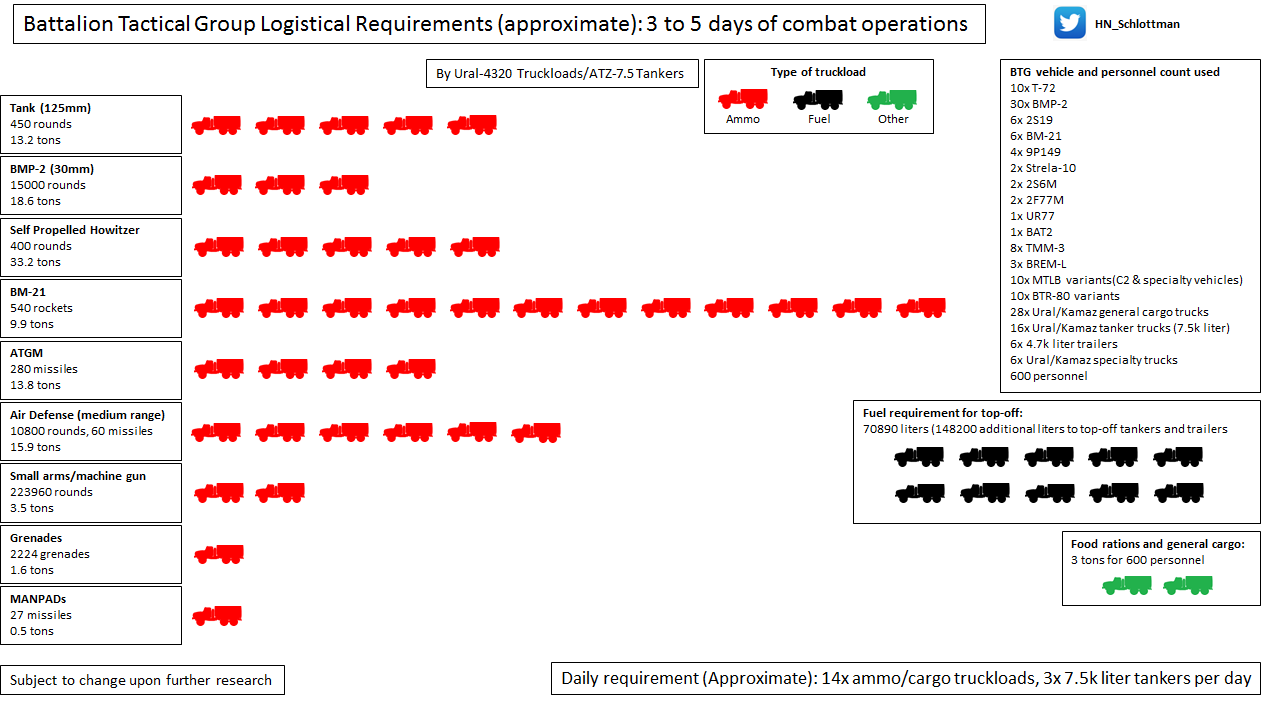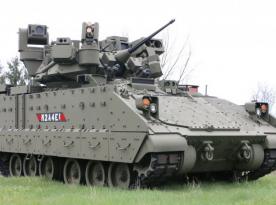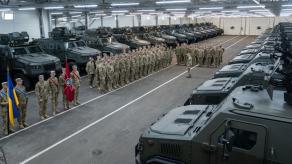Precision strikes launched by the Armed Forces of Ukraine managed to significantly disrupt the logistics and provision of ammunition to the russian invasion army in the south of the country.
Nataliia Humeniuk, Head of the United Coordinating Press Center of Security and Defense Forces of the South of Ukraine reported there are already indications of russians suffering from ammunition shortage. Although they keep spending shells in large quantities, launching 50 to 60 waves of shelling a day, she added.
Read more: Ukrainian Forces Strike Chonhar Bridge and Advance South of Bakhmut
"We continue to destroy their stops and supply logistics so they couldn't replenish what already perished. We have already [wiped out] those ammunition depots they deployed on the left bank of the Dnipro river. It becomes harder for them to bring extra ones," Nataliia Humeniuk said on air at the We Ukraine TV channel.
The reason why the russian logistics were undermined is the strike on the Chonhar bridge that forced them to take detours for delivering military cargo. If we take a look at the roadmap, we will see the following situation unfolding:

Worth noting, any strike on such an object of infrastructure as a bridge causes a cumulative effect: even if it gets quickly patched up, it cannot regain its full traffic capacity. For example, the Crimean Bridge still hasn't fully recovered from the latest attack overnight on July 17th: trucks weighing over 1.5 tons are banned from crossing.
Of course, there is still a connection between occupied Crimea via Armyansk, through the Perekop Isthmus but it takes extra miles and puts a toll on the transport network. The same applies to the road route along the Sea of Azov.
After all, we should keep in mind the amounts of military cargo that must be transferred every day. Here are, for example, the illustrative estimates by OSINT researcher Henry Schlottman who calculated how much a single battalion-tactical group of russian invasion forces needs – about 17 cargo trucks and tanker trucks' worth of resources must be delivered on a daily basis.

Of course, the russian federation still has the opportunity to establish a ferry crossing through the Kerch Strait with the help of the ten dock landing ships deployed nearby. But all the same, everything rests on bottleneck connections of the peninsula to the mainland of southern Ukraine.
There is also a possibility that the goods are delivered by sea to the currently occupied ports on the Sea of Azov. In that regard, all of those ports are within the attack range of Ukrainian long-range weapons. The Ukrainian strike on the occupied port of Berdiansk in March 2022 proves just how devastating the consequences of relying on maritime logistics could be:
Besides, it is important to take into account the railway connection to the occupied territories, but there is an issue – transportation of goods by railway means the ammunition would be concentrated at transport hubs and intermodal terminals, which are also within the reach of the Ukrainian Armed Forces.
Ultimately, although this does not mean that the russian army will run out of shells "tomorrow," we still witness the same mechanism of influence on the general combat capability of russian forces that already fruited in big victories for the Ukrainians.
This is exactly the scenario that was implemented during the operation to liberate the major southern city of Kherson. However, this time around the Ukrainian army implements the tactic on a much larger scale.
Read more: Are russian Landing Ships a Legitimate Targets for Destruction Despite the Kremlin's Declaration of 'Civilian Transportation'?















